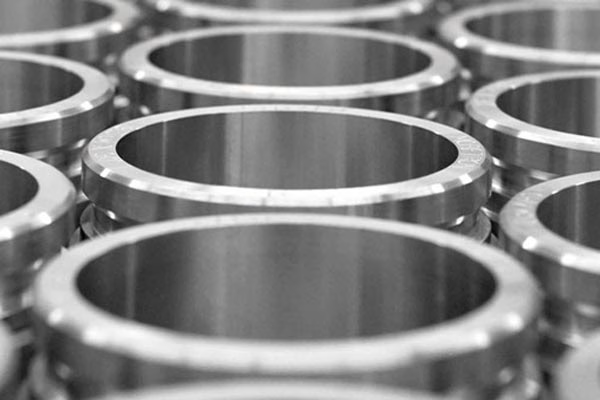These are the benefits of low volume manufacturing, such as cost savings, maintaining design freedom, quick to market and faster transition from prototype.
These days customers are very demanding. They need products at a pace that manufacturers find very hard to keep up. As such, the manufacturing costs are increasing, and it becomes more challenging to follow quality control standards. Plus, the uncertainty of whether they are manufacturing the right products that their customer wants.
Pulling ahead of the competition is quite challenging. What they need is to shift their mindset from the traditional to a more unconventional mode. Meaning a shift from high volume manufacturing to low volume manufacturing. The latter is the most economical choice, and it does deliver on speed, quality control, and risk management.
What is Low Volume Manufacturing?
Low-volume manufacturing becomes the ultimate choice for companies who need modest quantities of finished parts. The quantity we are talking about can range from hundreds to thousands. It uses different prototyping and manufacturing techniques it allows for the exact number of parts they want.
Although high volume production can be an economical choice, it can force you to trade off some conveniences for the cost. That is why low volume manufacturing is the perfect solution. With the emergence of digital technology, it becomes a perfect alternative for every enterprise. Some of its advantages include lower risk, speed to market, and quality is in place.

Low volume production parts
Advantages of Low Volume Manufacturing
These are the benefits of low volume manufacturing that a third-party partner can bring you.
Cost Savings
Every company has to think about profit margins, especially when keeping up with the market. They have to manage the cost while delivering products on-time and at a price point that is acceptable for them and their customers.
That is the advantage of low volume manufacturing. They can save on the cost by utilizing the different techniques in bringing prototypes while keeping the innovation pipeline open. With low volume manufacturing, companies can manufacture in small volumes and then validate the design and materials at a lower overhead production cost.
Maintaining Design Freedom
Product development is challenging because it is not easy to put ideas into a concept and do iterations. The emergence of digital technology has opened many doors for flexibility in design, prototyping, and manufacturing. It allows for quick changes based on customer feedback and fixes design flaws until it is ready for final production.
Quick to Market
Competition is tough, and you need to market faster. However, the product should be high-quality and have the correct market price. High volume manufacturing can be limiting and may not accommodate this, but low volume manufacturing can. With a smaller quantity of quality products, you can beat your competitors to market with a better product and at a much-reduced cost.
Faster Transition from Prototype
Low volume manufacturing can make the leap from prototyping easier than high volume manufacturing. By getting the product in front of customers faster, getting their feedback, performing iterations, and finalizing the design, companies can meet the demands of their customers. Once they validate the prototype, they can quickly transition into full-scale production.
Conclusion
Although mass production is still the best choice for high-volume needs, there is a bigger demand for low volume manufacturing among different industries. Thanks to this technique customers need only to invest less money and time on materials and tooling while giving them quicker access to the market.
